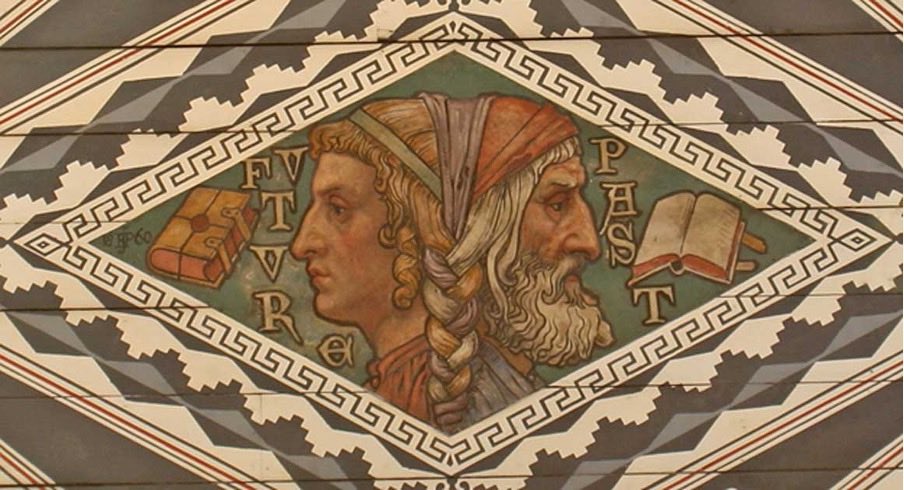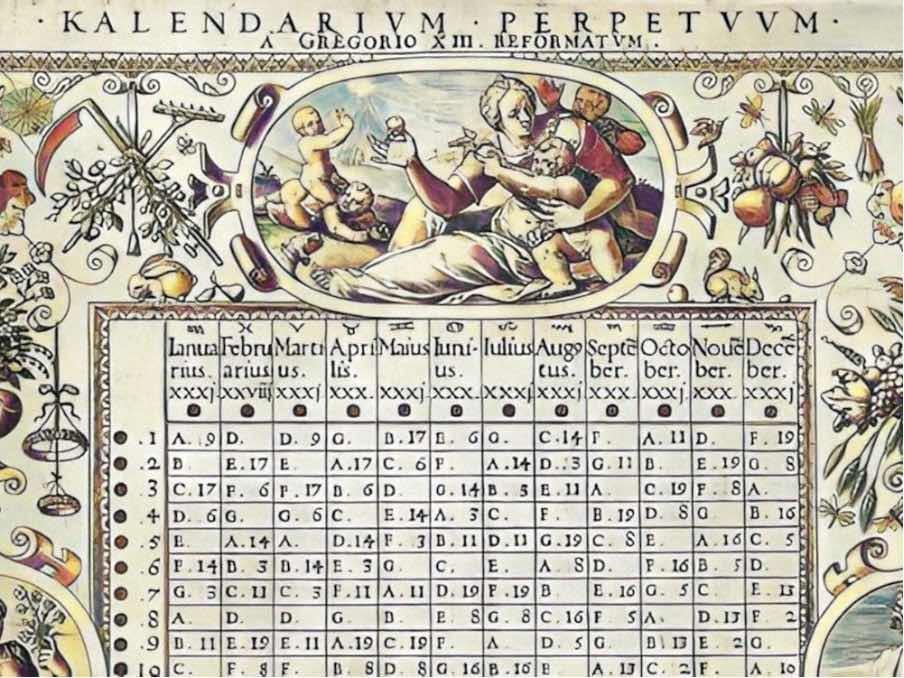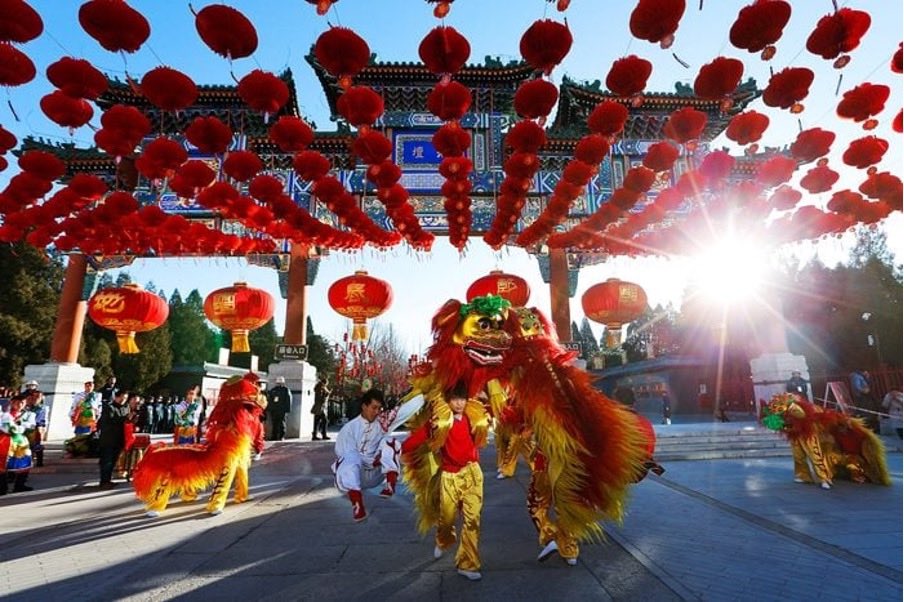The worldwide cultural significance that 1st January has is said to be incomparable to any other date throughout the year. It significantly influences people’s lives, financial systems, the economy, etc. This date touches on all aspects of lives for people and it is so in almost every country on earth. But it was not always so. There is a long history behind 1st January being accepted as the start of the new year. Many countries especially the ones that have a long tradition of following a lunar calendar celebrate New Year on a different date along with January 1, hence the celebration of Chinese New Year, Japanese New Year, etc. These New Year celebrations are rooted in astronomical, religious, and also agricultural traditions.

The Story of 1st January – A Tale of the Pope, Caesar, and the God Janus
The story goes back to Julius Caesar and his reformation of the calendar after coming to power. The beginning of the year was changed to January to honour the ancient Roman two-faced god Janus. He is the god of beginnings and is said to have two faces allowing him to look to the past and the future. Even though January was established as the beginning of the year it was still not widely accepted in a majority of European Christian countries till the 16th century. In the Christian tradition of the past, the origins of January as the start of the year were viewed as pagan, and instead, December 25 was accepted as the new year as it signifies the birth of Jesus.
The calendar that was used since Julius Caesar’s time was known as the Julian Calendar and it was a solar calendar. It was one of the most widely used calendars of its time and introduced the additional day in the leap year. This calendar was introduced in the year 46 BCE. As Caesar expanded the Roman Empire, he replaced many of the local calendars with the Julian Calendar. As a culture depends on the calendar in so many ways, the establishment of the Julian Calendar significantly impacted people’s lives. The widespread acceptance of January 1st as the start of the year can be traced back as a direct legacy of Caesar’s reign. The Roman Calendar that was in use before the Julian Calendar was lunar. It had a moon phase cycle which lasted for around 29.5 days. The calendar was known to fall out of sync so frequently that another month Macedonia’s was added often to bring it back in sync.
But the origin of January 1st goes even further back than the Julian Calendar. A large part of the credit goes to the emperor Numa Pompilius. At the time of his reign from 415 to 673 BCE, he reformed the Roman Republic Calendar to replace March and established January as the first month of the year. The choice was attributed to Mars the Roman god of war being the ruler of March, whereas Janus was the god of beginnings and traditions.
However, Pope Gregory XIII in the mid-16th century reformed the Julian Calendar into what is known today as the Gregorian Calendar which has been the most widely used calendar since then. The Gregorian calendar standardized 1stJanuary as the official start of the year. Pope Gregory reformed the calendar to solve inconsistencies such as events taking place in the wrong season and problems with calculating the date of Easter. These inconsistencies came about because of the miscalculations of the leap years over many hundred years.
The Gregorian Calendar was introduced in the year 1582 and it was regarded quite highly due to its accuracy. This calendar gave January 1st the legitimation as the start of the year. Many Catholic countries such as France, Spain, and Italy readily accepted it as the new year, and many Orthodox and Protestant countries resisted this reformation. This calendar was accepted by Great Britain and its colonies in America only in the year 1752. One of the most used calendars it has been followed throughout the world as the standard civic calendar for governments and all official purposes.

Other New Year's Day Around the World
The practice of a new year is believed to have originated in Babylon 4000 years ago. The Babylonians called the 11-day New Year celebrations consisting of different rites and rituals for each day Akitu. For the Babylonians, the start of the year was the first new moon following the vernal Equinox. If placed on the modern calendar then the Akitu will fall somewhere around late March.
In ancient cultures rather than a particular date the new year was celebrated on the day that equinox takes place. An equinox is a day when the length of the day and the night are equal to each other and the sun is right above the equator of earth. Equinox signifies a time of change and transformation; thus, it was accepted as the beginning of the new year since people used to be deeply connected with the rhythms of nature. Both the vernal equinox in March and the autumnal equinox in September were celebrated as the new year around the world. The September equinox was accepted as the start of the year in the French Republic Calendar (1793 – 1805) which was implemented for roughly 12 years. The shortest day of the year also known as the winter solstice was considered the start of the year for the Greeks.

The Chinese Lunar New Year has a long tradition of over 3500 associated with it. The Chinese accepted January 1 as the first day of the New Year in 1912 but continued to celebrate the traditional Lunar New Year as well. This is an agricultural new year which is usually celebrated for weeks either in late January or early February. This New Year is one of the most significant holidays in Southeast Asian countries such as Indonesia, Malaysia, Thailand, the Philippines along with China. The Chinese Lunar New Year falls in 2024 is celebrated on the 10th of February.
Written by – Sangeeta Behera
Edited by – Shamonnita Banerjee
